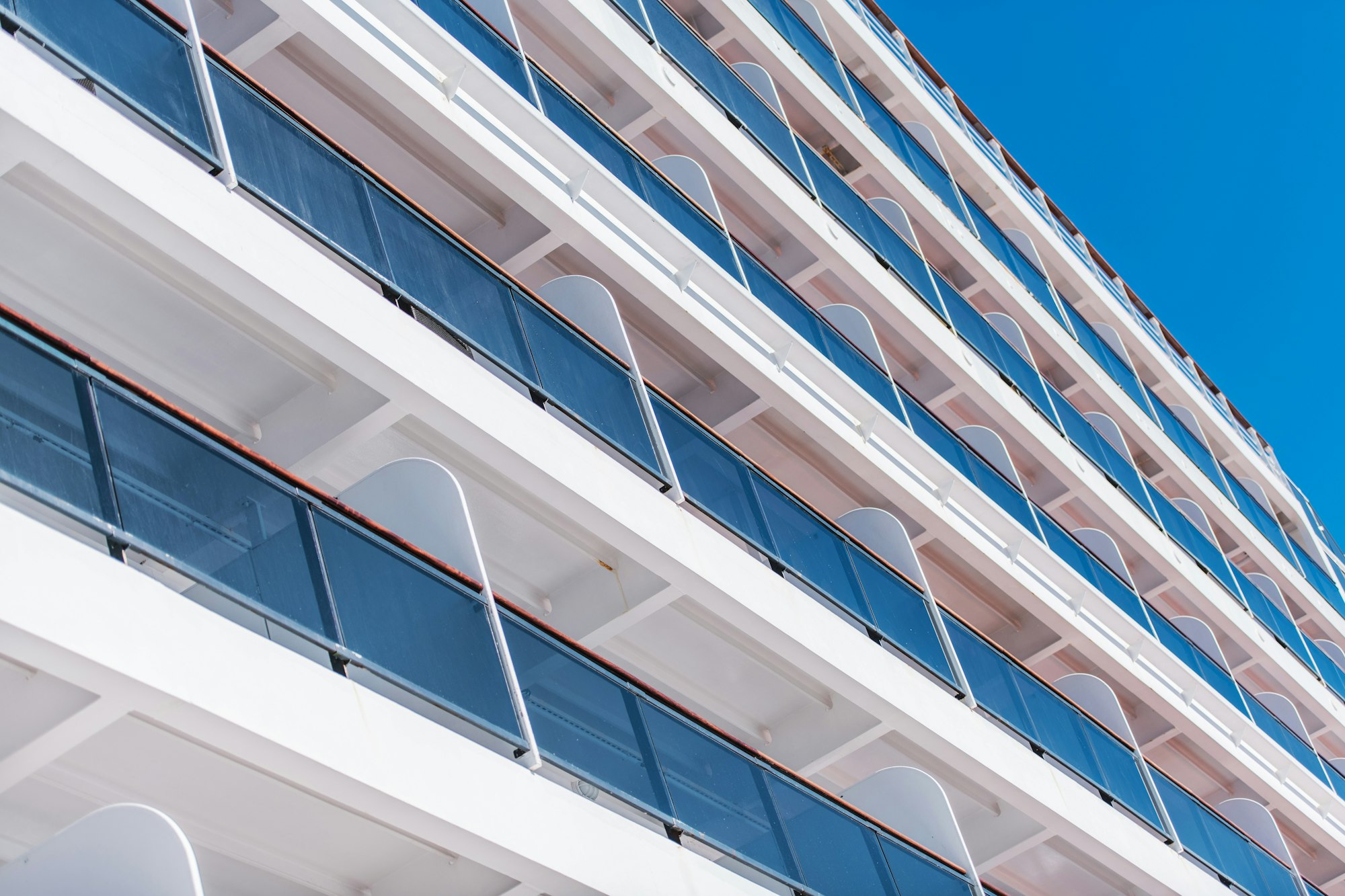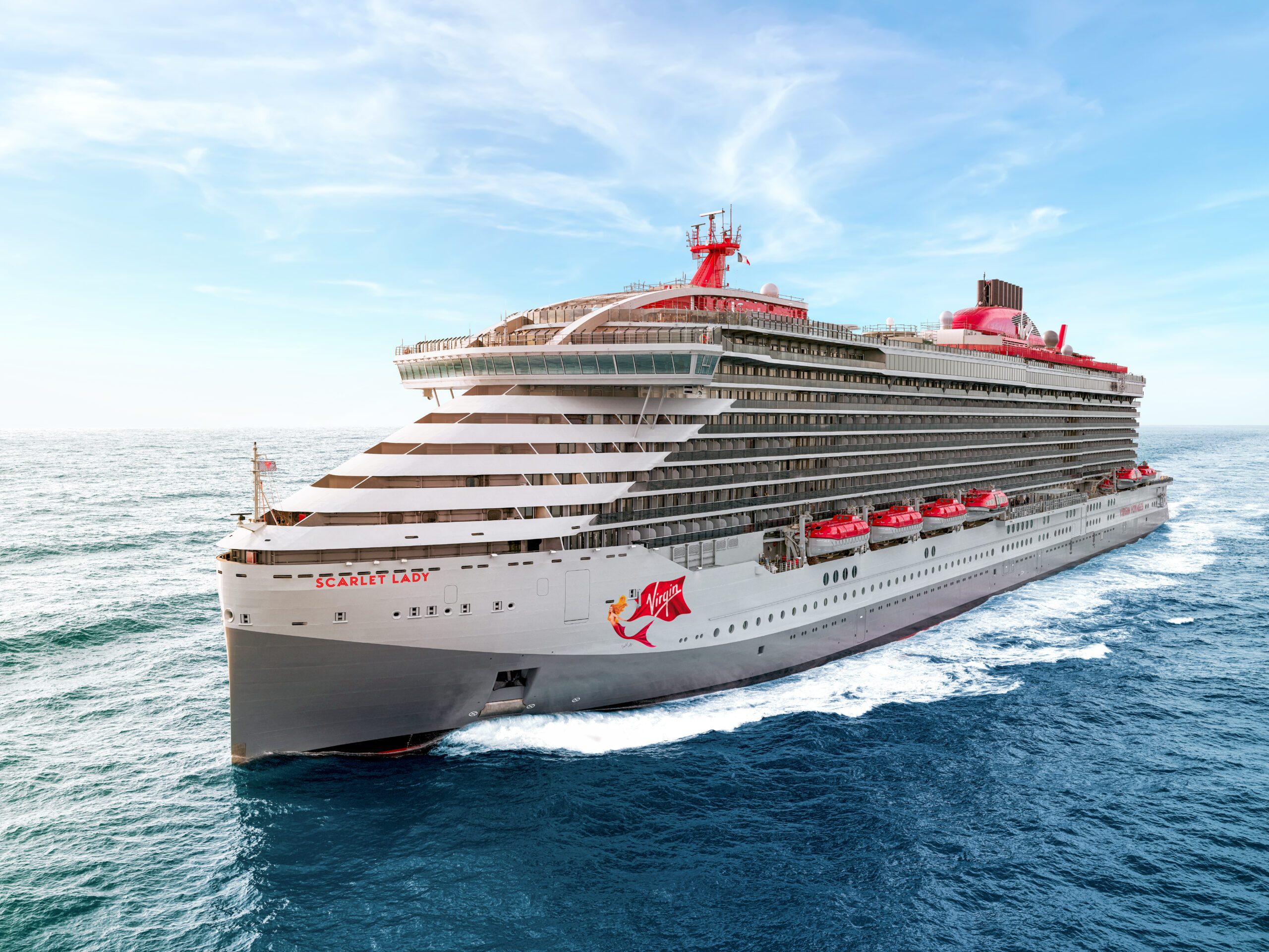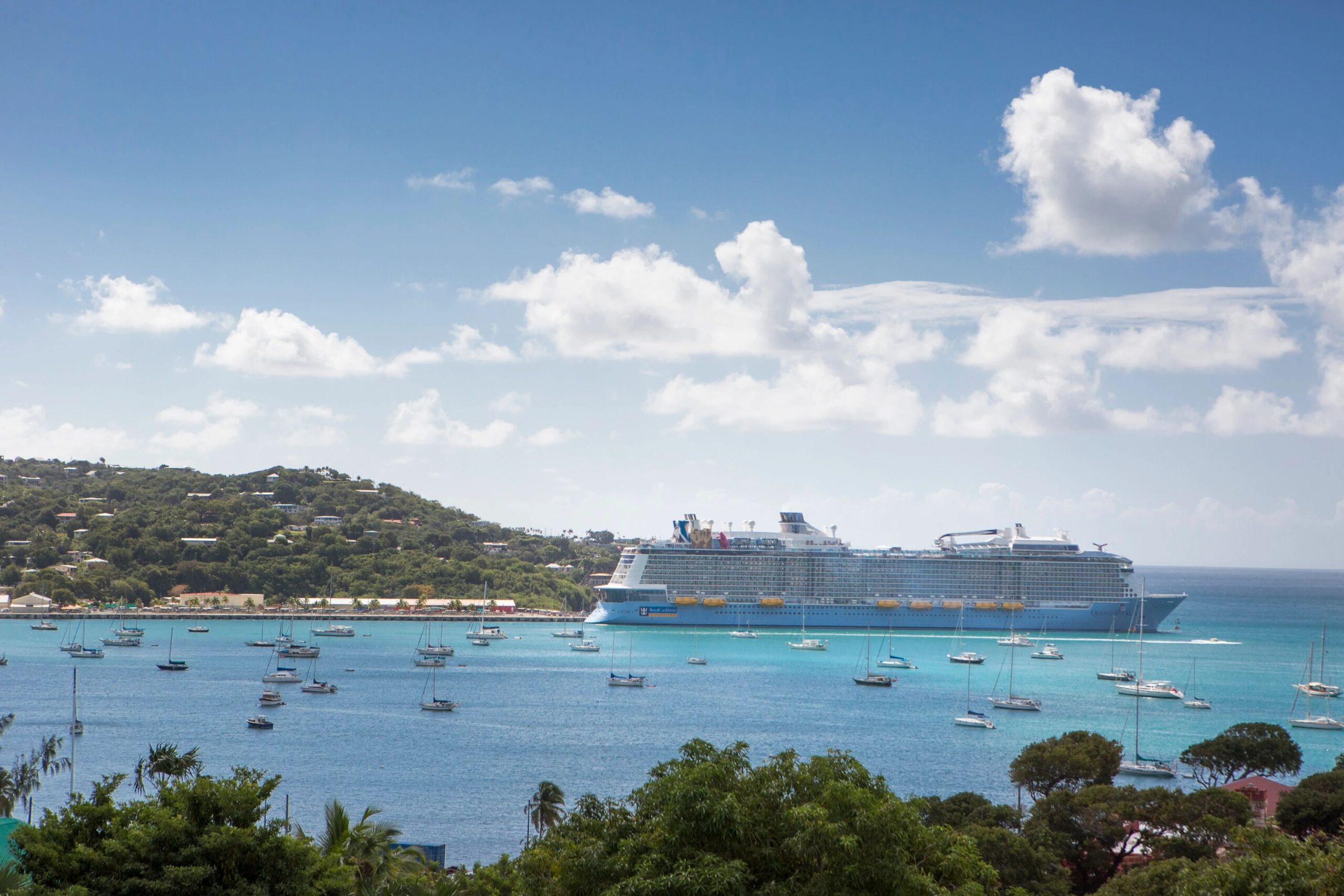If you’re prone to motion sickness, finding the right cabin on a cruise ship can make all the difference between a blissful voyage and a rough ride. This guide is packed with tips to help you select the ideal cabin to minimize seasickness and ensure a smooth, enjoyable cruise.
What Causes Motion Sickness?
Before we dive into cabin selection, let’s break down what causes motion sickness. It’s all about sensory conflict. When you’re on a moving ship, your inner ears detect motion, but if your eyes are focused on something still—like a book or the interior of your cabin—your brain gets mixed signals. This mismatch can lead to nausea, dizziness, and that dreaded queasy feeling.
Imagine you’re reading a book while the ship rocks gently. Your inner ear senses the motion, but your eyes perceive stillness. This conflict confuses your brain, which can lead to symptoms of seasickness. Understanding this can help you make smarter choices about where to stay on the ship, ultimately reducing the likelihood of feeling sick.
How Ship Movement Affects Motion Sickness
Ship movement can vary based on several factors, including the ship’s size, weather conditions, and sea state. Larger ships, with their advanced stabilizing technology, often offer a smoother ride. However, even the largest vessels can experience rough patches if the seas are choppy or the weather is stormy. For those sensitive to motion, choosing a cabin in the right location can significantly enhance your comfort and reduce the chance of seasickness.
When a ship encounters rough seas, it can roll and pitch, causing the sensation of motion to be more pronounced. Larger ships with stabilizers are better equipped to handle these movements, but selecting the right cabin can still help minimize the effects of motion.
Best Cabin Locations to Minimize Motion Sickness
Choosing the right cabin location is crucial for minimizing motion sickness. Here’s a guide to the best cabin locations and why they matter:
Mid-ship Cabins
The midship area of a cruise ship is generally the most stable place to stay. This part of the ship is closest to its center of gravity, where the motion is less noticeable. Midship cabins experience the least amount of rolling and pitching, making them an excellent choice for those prone to seasickness.
Cabins located midship, especially on lower decks, provide the most balanced experience. They are less affected by the ship’s movements compared to cabins at the front or back. If you’re particularly sensitive to motion, this central location is your best bet for a smoother ride.
Lower Decks
Cabins on lower decks are generally more stable than those higher up. The lower you are on the ship, the closer you are to the waterline, which means you’ll feel less of the ship’s motion. Higher decks, especially those near the top of the ship, experience more noticeable movement because they are farther from the center of gravity.
Choosing a cabin on a lower deck, particularly in the midship area, can significantly reduce the sensation of rocking and swaying. This is especially important if you are highly sensitive to motion.
Inside Cabins
Inside cabins, or interior cabins, are located in the heart of the ship and don’t have windows. While they lack natural light and views, they are often less affected by the ship’s movement. Without windows, there are fewer visual cues about the ship’s motion, which can help reduce the sensory conflict that leads to seasickness.
For those prone to seasickness, an inside cabin on a lower deck or in the midship area is often the best choice. This location provides a stable environment with minimal motion, helping to keep discomfort at bay.
Avoid Higher Decks and the Back of the Ship
Cabins located on higher decks and towards the back of the ship generally experience more pronounced movement. The top deck and the rear of the ship are where the ship’s rocking and swaying can be more noticeable, especially in rough seas.
Higher decks and the back of the ship are farther from the ship’s center of gravity, leading to increased motion. If you’re sensitive to seasickness, it’s best to avoid these locations to ensure a more comfortable experience.

Tips for Choosing the Best Cabin for Motion Sickness
Selecting the right cabin can make a huge difference in how you feel during your cruise. Here are some additional tips to help you choose a cabin that minimizes motion sickness:
Review the Ship’s Deck Plans
Before booking, take the time to review the ship’s deck plans. Look for cabins in the midship area, as this is the most stable part of the ship. Additionally, cabins on lower decks tend to be steadier than those on upper decks. Understanding the layout of the ship helps you select a cabin that minimizes movement and reduces the risk of seasickness.
Opt for Larger Ships
If you’re particularly sensitive to motion, consider booking a larger ship. Bigger vessels are often equipped with advanced stabilizing technology designed to reduce the effects of ocean movement. These ships generally provide a more stable ride compared to smaller ships, making them a better choice for those prone to seasickness.
Be Cautious with Balcony Cabins
Balcony staterooms are fantastic for fresh air and stunning views, but they can also expose you to more motion, especially if they are located on higher decks or towards the back of the ship. If you prefer a balcony room, choose one that’s closer to the ship’s center and on a lower deck. This way, you can enjoy the outdoor space while minimizing the effects of motion.
Pick Your Specific Stateroom
Instead of opting for a cabin guarantee, choose your specific stateroom. This allows you to select a cabin in a more stable location, such as the midship area on a lower deck. If you’re booking through a travel agent, they can assist you in finding the best cabin to prevent motion sickness. Selecting your exact stateroom ensures you make a more informed choice and increases your chances of having a comfortable cruise.
Book Early for the Best Choices
Booking your cruise early provides access to a better selection of cabins. The earlier you book, the more likely you are to secure a cabin in a stable part of the ship, like the midship area on a lower deck. Early booking also allows you to choose the cabin that best fits your needs and preferences.
Check for Upgrades or Special Requests
When booking, ask about any potential upgrades or special requests that might enhance your comfort. Sometimes, cruise lines offer cabins with features designed to improve stability. Don’t hesitate to inquire about options that could help you enjoy a smoother ride. A little extra effort can go a long way in ensuring a comfortable experience.

Remedies and Prevention Tips
Even with the best cabin choice, seasickness can sometimes be a challenge. Here are some remedies and strategies to help manage or prevent motion sickness:
Medications and Acupressure Bands
Over-the-counter medication like motion sickness pills and scopolamine patches are effective in preventing and treating seasickness. Acupressure wristbands, known as sea bands, apply gentle pressure to specific points on your wrist to alleviate nausea. For a natural approach, green apples and ginger are known to soothe an upset stomach. Experiment with different options to find what works best for you.
Get Fresh Air
Spending time in areas with fresh air and natural light, such as the promenade deck, can significantly help with seasickness. Fresh air helps recalibrate your senses and provides relief from nausea. Try to find a comfortable spot outdoors where you can breathe deeply and enjoy the view. Even a short walk on deck can make a big difference.
Stay Hydrated and Eat Lightly
Keeping hydrated is crucial for managing seasickness. Drink plenty of water and opt for light, easily digestible foods. Heavy or greasy meals can cause upset stomachs. Small, bland snacks like crackers or toast can help keep your stomach settled. Eating smaller amounts more frequently rather than large meals can also be beneficial.
Focus on the Horizon
Focusing on the horizon or a fixed point in the distance helps your brain align the ship’s movement with your sense of balance. This visual anchor stabilizes your perception and reduces feelings of nausea. When you’re on deck, try to keep your gaze on the distant horizon rather than close-up objects.
Utilize Acupressure
Using acupressure bands or applying pressure to certain points on your body can also provide relief. These bands help stabilize your sense of balance and reduce nausea. Try wearing acupressure bands on your wrists or gently pressing on the inside of your wrists to alleviate symptoms.
Preparing for Your Cruise
A little preparation can go a long way in making your trip more enjoyable. Here are some easy tips to help you get started:
- Choose the Right Time of Year: The time of year can impact sea conditions. To minimize the risk of motion sickness, consider planning your cruise during calmer months. Avoid hurricane season, which typically runs from June to November, to steer clear of rough waters. Research the best times to cruise for your
- Research Cruise Lines and Ships: Different cruise lines offer various ship sizes and stabilizing technologies. Larger ships often have advanced stabilizers and provide a smoother ride. Researching different cruise lines and their ships will help you select one that offers better stability and comfort.
- Consult Your Doctor: If you have a history of motion sickness or are particularly concerned about it, consult your doctor before your trip. They can offer personalized advice, including recommendations for medications or treatments to help manage your symptoms effectively. Your doctor can help you prepare with the right tools to handle seasickness.
Smooth Sailing Starts Here
Choosing the right cabin on a cruise ship involves understanding how the ship’s movement affects you and selecting a location that minimizes that effect. Midship cabins on lower decks are generally the most stable, making them a great choice for those prone to seasickness. Larger ships with stabilizing technology can further enhance your comfort.
Combining the right cabin choice with effective remedies and preventive measures ensures a more enjoyable and comfortable cruise. Whether you’re planning your first cruise or your next adventure, these tips will help you find the best cabin for a smooth, seasickness-free vacation.
Ready to Set Sail?
With these tips in hand, you’re well-prepared to make the most of your next cruise. Whether you’re a first-time cruiser or a seasoned traveler, selecting the right cabin can guarantee a comfortable and enjoyable journey.
Don’t wait to start your adventure! Book your next cruise with The Fun Cruise Crew, and let our experts guide you to the perfect cruise and cabin tailored to your needs. We’re dedicated to making your voyage as smooth and memorable as possible, so you can focus on enjoying every moment at sea.



